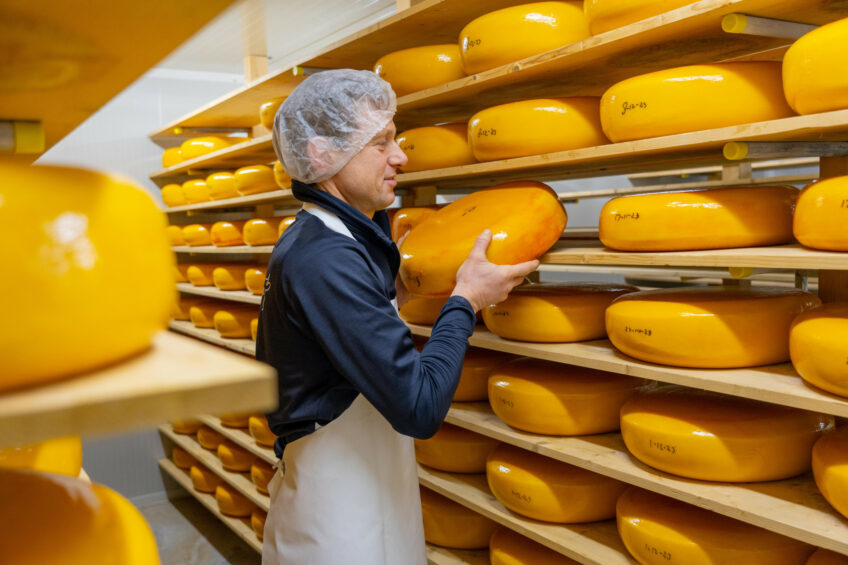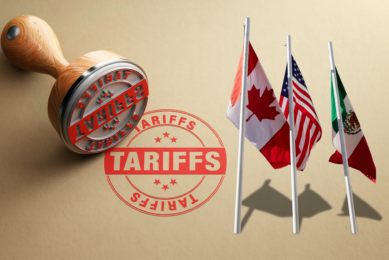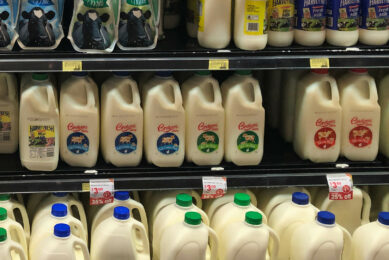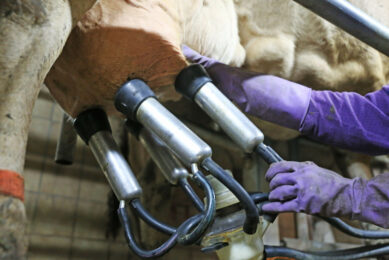EU dairy forecast 2025

According to a recently-released USDA GAIN report, EU milk production in 2025 is forecast to decline due to dropping cow numbers, tight dairy farmer margins, environmental regulations, and disease outbreaks. Lower milk production is expected to be partially offset by lower expected fluid milk consumption and, as a result, factory use consumption is also forecast to decrease slightly.
The decrease in milk production will require dairy processors to carefully decide what they will use the available milk for. However, cheese production is forecast to remain the primary output goal of the EU dairy processing industry, supported by solid domestic consumption and continued export demand. The expected increase in cheese production in 2025 will come at the expense of butter, non-fat dry milk, and whole milk powder production.
Decrease in milk production
In 2025, all EU milk deliveries are forecast to amount to 149.4 million metric tonnes (mmt), 0.2% below the revised 2024 estimate, with a marginal decline in cow milk production. Low farmer margins combined with environmental restrictions and disease outbreaks among the major producers continue to push some smaller farmers out of production. This trend is expected to result in declining cow numbers in 2025, which will not be fully compensated by increased productivity, leading to marginally lower cows’ milk deliveries in 2025 at 145.3 mmt.
In 2024, cows’ milk deliveries are estimated to amount to 145.6 mmt, which is 0.3% above 2023. On the other hand, the domestic consumption of fluid milk is expected to continue declining and amount to 23.5 mmt in 2025, down by 0.3%. With lower milk production in 2025, factory use consumption is also forecast to decrease by 0.2%. This will require dairy processors to decide what they will use the available milk for.
Cheese production to increase
Despite less milk being available, EU27 cheese production is forecast to reach 10.8 mmt in 2025, up 0.6% from 2024. Cheese production will continue to be the primary output goal of the EU dairy processing industry, supported by solid domestic cheese consumption and continued export demand. The increase in consumption is boosted by growing incomes and economic recovery, paired with the recovered hospitality sector and tourism, while exports benefit from increasing demand for speciality cheeses.
Cheese exports from the EU are expected to reach 1.4 mmt in 2025, an increase of a moderate 0.4%; export growth is expected to be slightly constrained by improved domestic demand in the European Union. In September 2024, the EU was almost on par with Oceania on cheese prices on the global market, while the US prices were significantly higher. With over 50% of EU exports directed to 4 countries (the UK, the US, Japan, and Switzerland), EU exporters will focus on developments in these markets.
Milk supply to favour cheese
EU27 butter production is forecast to amount to 2.1 mmt in 2025, which is 1% below the estimated 2024 level, as a lower milk supply will favour cheese production over butter and non-fat dry milk. In 2024, EU27 butter production is estimated to decrease by 1.4% due to an increase in cheese production; declining butter consumption is also expected to support lower production, while the trend of consumer health concerns negatively weighing on the demand for butter is expected to continue. EU27 butter exports are forecast to rebound by 4% from 2024, with falling domestic consumption levels allowing for this small export increase.
For non-fat dry milk, EU27 production is forecast at 1.4 mmt in 2025, down by 4% from 2024 due to lower milk availability and expectations that weaker Chinese demand will continue to weigh on global markets. Domestic consumption is estimated at 0.68 mmt in 2025, down 1.4% from the 2024 level, due to slightly lower milk deliveries and cheese production being favoured over other dairy products. This should also be prompted by weakening demand from the feed sector due to an expected reduction in animal numbers. In 2025, EU27 exports of non-fat dry milk are forecast to decrease by 6.8%, following an estimated 6% export decline in 2024.
A 5% decrease in whole milk powder
EU27 whole milk powder production in 2025 is forecast to amount to 580,000 mt, a 5% decline from 2024 levels; lower milk supply will favour cheese production over whole milk powder. Simultaneously, the domestic market in 2025 is forecast to decline marginally, with higher prices benefiting the use of whole milk powder alternatives in food processing. In 2025, whole milk powder exports are expected to decrease further from 2024 levels, with less demand from China and strong competition from New Zealand in other markets.
EU policy: strategic plans for each EU member state
The EU dairy sector continues to have concerns over the new Common Agricultural Policy (CAP) and the EU Green Deal implementation, which the industry feels are negatively weighing on farmers’ decisions to continue production. According to the USDA GAIN report, strengthening EU environmental and climate mitigation policies could require additional, non-productive investments and further erode dairy farming profitability. And, due in part to farmers’ concerns, new provisions are being watered down or their implementation delayed.
In 2025, the impact of the war in Ukraine on production costs is forecast to weaken. However, the EU continues to support Ukraine, with tariff and quota-free access for Ukrainian agricultural products to the EU market extended until 5 June 2025; however, this provision appears to have a less significant impact on the EU dairy sector.
The CAP strategic plans include the anticipated intervention strategies and the CAP instruments each EU country will use from 2023 to 2027 to achieve the CAP objectives; each EU country’s CAP Strategic Plans will be important in shaping the future of the EU dairy industry. The CAP strategic plans for the main EU milk producers (Germany, France, Poland, the Netherlands, Italy, and Ireland) will be of interest since these countries account for almost 70% of EU milk production.
Focusing on the international trade with non-EU countries, the EU reminds us of the different import regimes that apply to the entry of dairy products into the EU, with preferential imports at reduced or zero duty, mostly as import quotas. The requirements under the export and import regimes for dairy products are laid out (with effect from 2019) in the Commission Delegated Regulation (EU) 2020/760 and Commission Implementing Regulation (EU) 2020/761.
Join 13,000+ subscribers
Subscribe to our newsletter to stay updated about all the need-to-know content in the dairy sector, two times a week.










